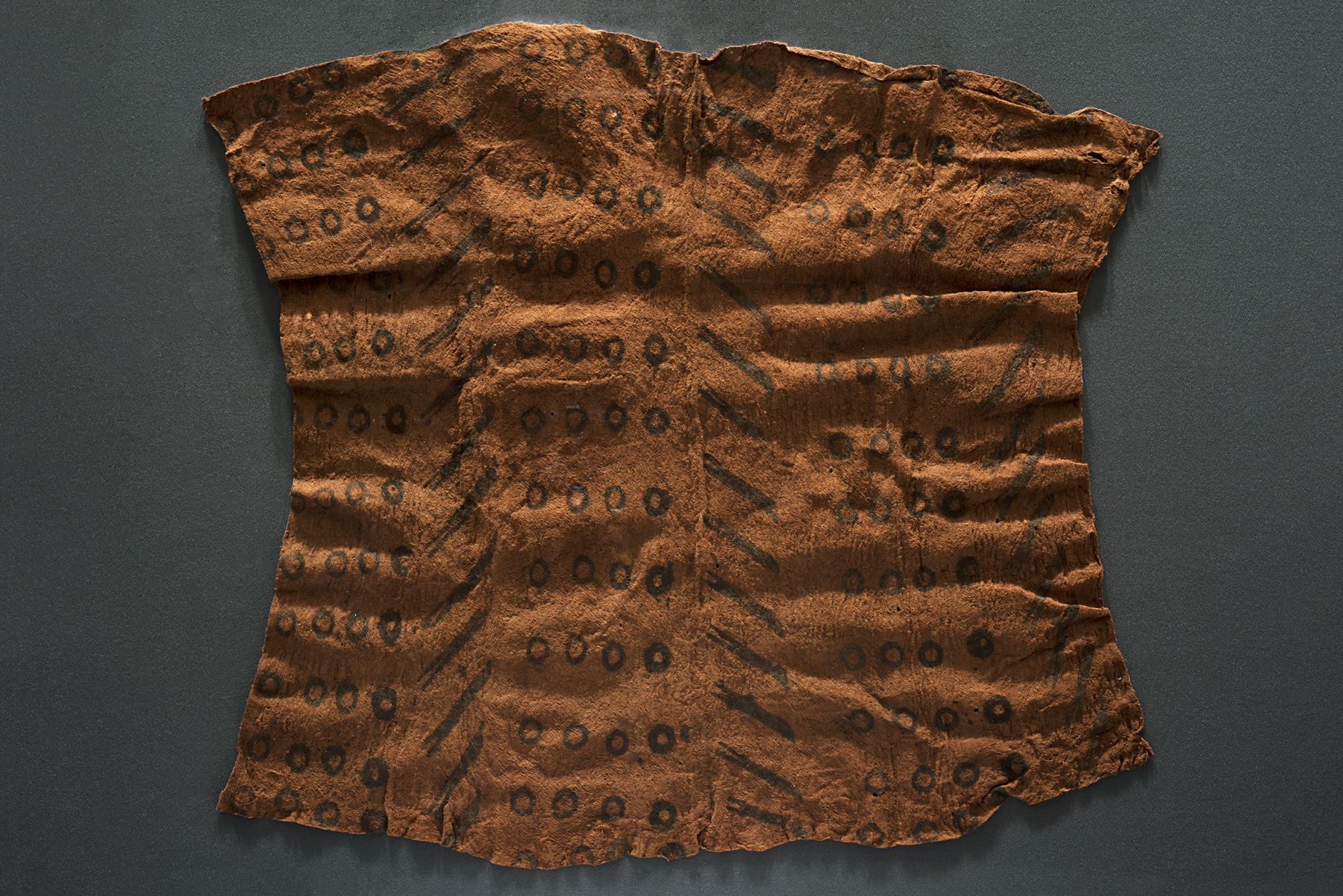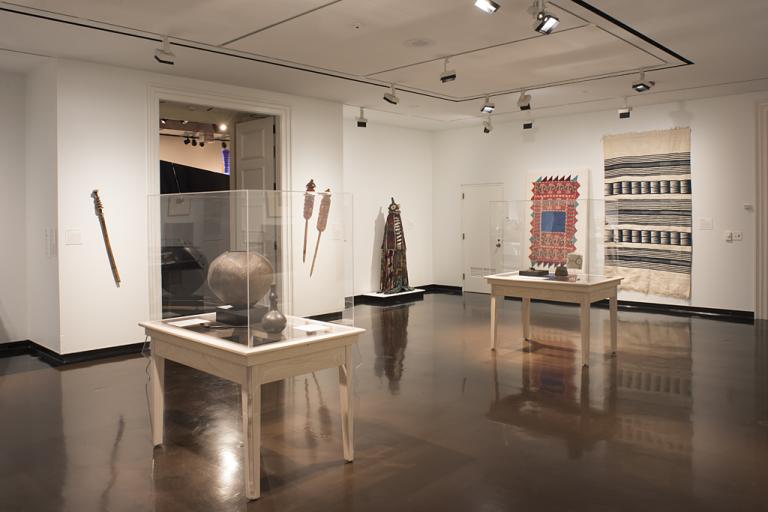bark cloth, unrecorded Batwa artist
Artwork Overview
unrecorded Batwa artist, artist
bark cloth,
1994
Where object was made: Burundi
Material/technique: bark; pigment
Dimensions:
Object Height/Width (Height x Width): 94 x 106 cm
Object Height/Width (Height x Width): 37 x 41 3/4 in
Object Height/Width (Height x Width): 94 x 106 cm
Object Height/Width (Height x Width): 37 x 41 3/4 in
Credit line: Gift of Reinhild Janzen
Accession number: 2017.0084
Not on display
If you wish to reproduce this image, please submit an image request


